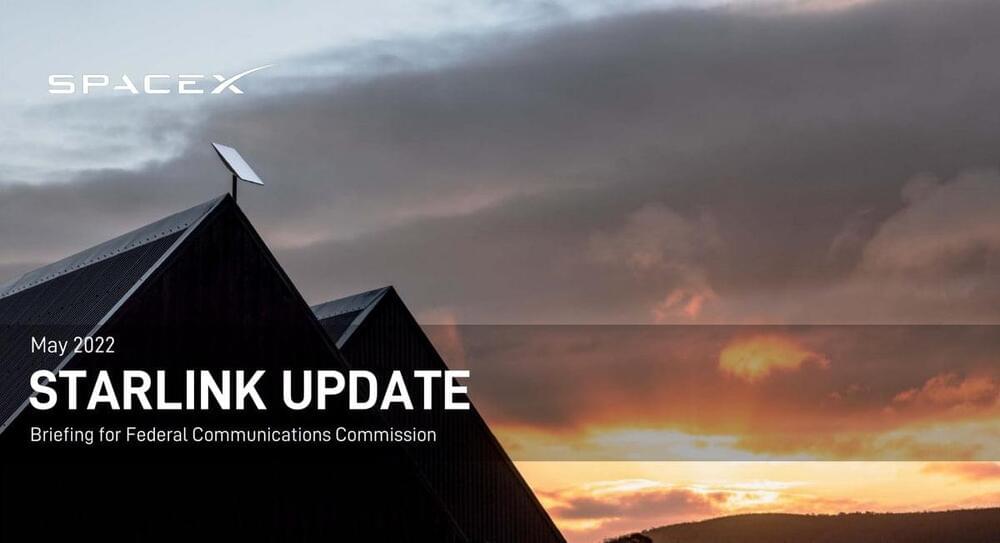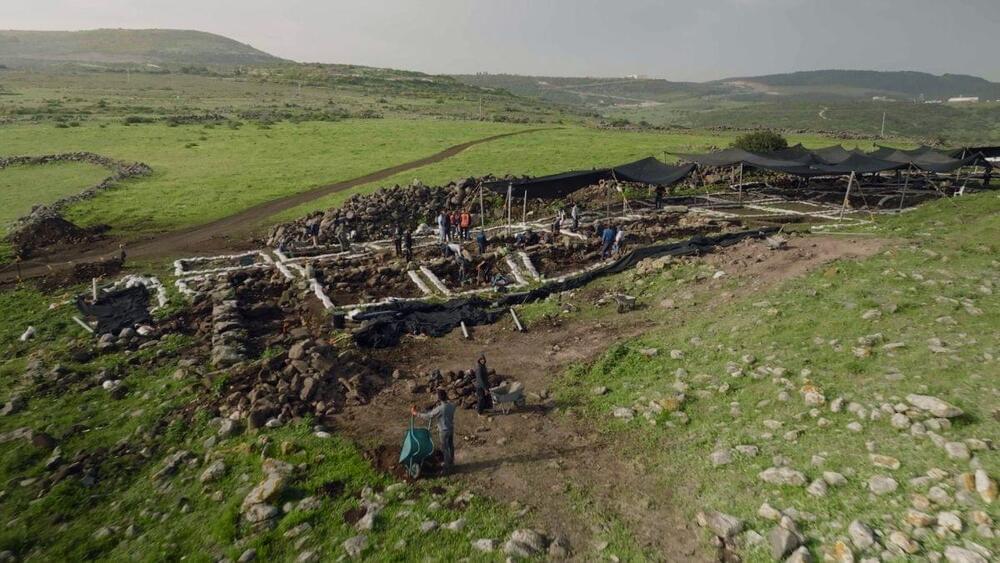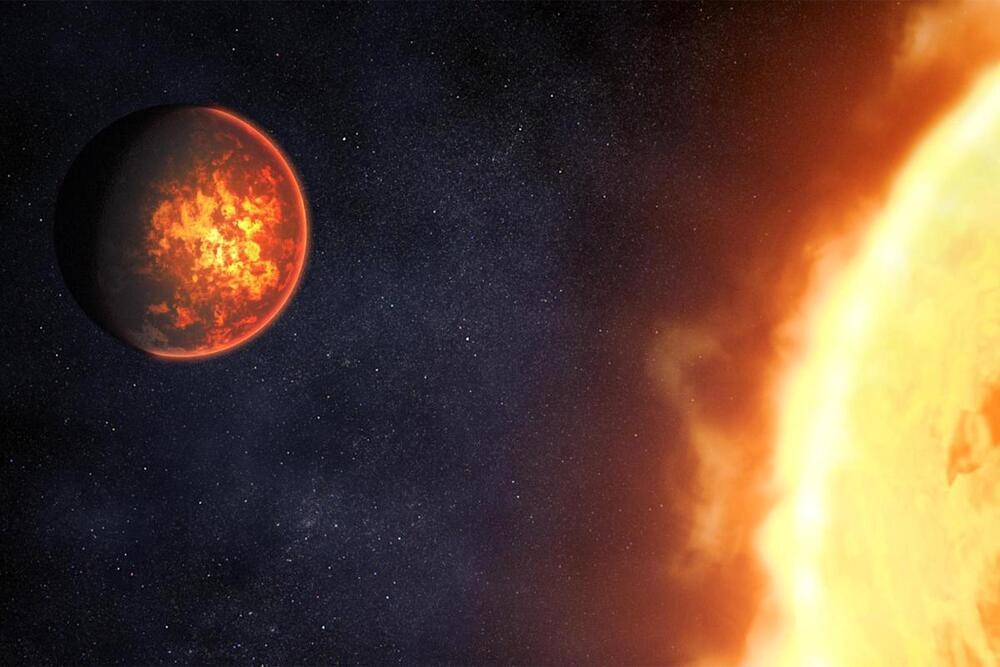😀
The experiment will investigate the Unruh effect, which is produced by a mixture of quantum mechanics and special relativity.


Scientists have long known that touching plants can set off a stress reaction in them – but until now it hasn’t been exactly clear how that worked at a molecular level, something that a new study hopes to shed light on.
The researchers behind the study have identified certain genetic keys inside plants that lead to two separate signaling pathways, explaining why plants react so strongly to being touched.
Understanding more about how this process works at a fundamental level could help researchers in a variety of different areas, from improving plant health to getting higher harvest yields from the same crop.

SpaceX informed the Federal Communications Commission (FCC) it surpassed 400,000 Starlink Internet subscribers across 36 countries. The company had a private conference presentation with FCC representatives on May 19 about using the 12GHz band “for providing next-generation satellite services to Americans,” including to use Starlink broadband satellite service on moving vehicles.
An outline of the presentation was submitted as a public filing to the Commission where it states the new subscriber count and a list of how Starlink has been useful; a screenshot of the document is shown below. SpaceX doubled the amount of Starlink subscribers in just a couple months. SpaceX announced its Starlink division had 250,000 subscribers in February.
SpaceX’s FCC presentation says the Starlink service is active in 48 U.S. states. Besides the United States, Starlink is now available in portions of: Canada, United Kingdom, Germany, New Zealand, Australia, Austria, Netherlands, Belgium, Ireland, Denmark, Chile, Portugal, Switzerland, Poland, Italy, Czech Republic, Sweden, Mexico, Croatia, Lithuania, Spain, Slovakia, Slovenia, Brazil, Bulgaria, Romania, Greece, Luxembourg, Latvia, Tonga, Hungary, and Ukraine. SpaceX plans to expand service to Africa, Asia, and the Middle East in 2023. The company recently released an interactive Starlink Coverage Map which shows where the internet service is “available” and on a “waitlist” by simply typing an address.

Every lungful of air we suck down is mostly made up of nitrogen, with a generous helping of oxygen, and a dash of carbon dioxide.
But dusting this atmospheric soup is a whole encyclopedia of different compounds and elements, some of which we can only speculate about.
One of those mysteries just came into focus, however. Chemists have shown that a reactive class of compounds called organic hydrotrioxides exists in the atmosphere, and while these chemicals last only briefly, they could have effects we don’t know about.


The ancient farmsteaders may have “left in haste.”
Archaeologists in Israel have unearthed the 2,100-year-old remains of a farmstead whose owners likely abandoned it in a hurry, possibly to avoid an impending military invasion.
“We were very lucky to discover a time-capsule, frozen in time, in which the finds remained where they were left by the occupants of the site,” which is near Israel’s northern Sea of Galilee, archaeologist Amani Abu-Hamid, who is leading the excavation for the Israel Antiquities Authority (IAA), said in a statement.

If you purchase an independently reviewed product or service through a link on our website, BGR may receive an affiliate commission.
NASA’s James Webb space telescope is almost ready to get to work. The telescope’s mirrors are perfectly aligned. The team is currently finishing up the final calibrations of the spacecraft’s various instruments. Once that is done, Webb will be ready to get to work. One of the first things NASA plans to do with it is study two “super-Earth” planets known as 55 Cancri e and LHS 384 b.
Of note, both planets are located in our own Milky Way galaxy.

ZeroHedge — On a long enough timeline, the survival rate for everyone drops to zero.
DuckDuckGo, the search engine which claims to offer ‘real privacy’ because it doesn’t track searches or store users’ history, has come under fire after a security researcher discovered that the mobile DuckDuckGo browser app contains a third-party tracker from Microsoft.
Researcher Zach Edwards found that while Google and Facebook’s trackers are blocked, trackers related to bing.com and linkedin.com were also being allowed through.
You can capture data within the DuckDuckGo so-called private browser on a website like Facebook’s https://workplace.com/ and you’ll see that DDG does NOT stop data flows to Microsoft’s Linkedin domains or their Bing advertising domains.
GhostTouch attack allows attackers to use electromagnetic signals to control touchscreen devices.
